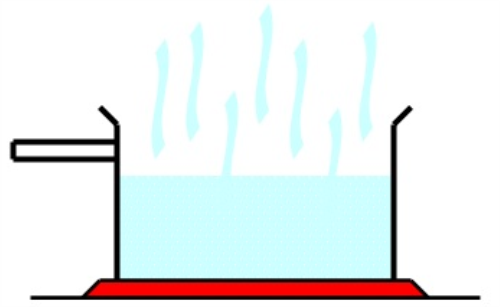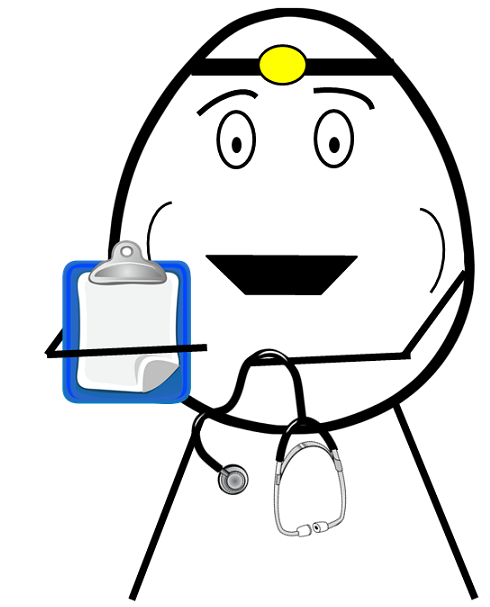A whistleblower lawsuit against a Georgia oncology practice may result in finding up to $100 million in overpayments made on inaccurately coded evaluation and management charges.


It is yet to be determined if the services were intentionally up-coded or if it was just the result of documentation issues.
In either case, if allegations are found to be true, the practice will be liable for returning the overpaid funds.
In order to protect your medical practices financial stability and reputation, it is important to have internal processes in place that will ensure services are accurately being coded.
For offices that use a certified coder:
It is the coder’s job to review the medical documentation and select the appropriate code(s) to be submitted. This guarantees the medical record is complete before the charges go out the door. Encourage feedback from the coder(s) if they see any areas of improvement and pass this onto the clinical staff.
This is typically a very reliable process, but no one is perfect. CMS even considers the acceptable error rate for E and M services to be10.5%. Routinely reviewing a sampling of charts and charges by a second set of eyes is a good plan. Have a different coder or the provider review them internally to identify any discrepancies.
It is wise to schedule an annual or bi-annual audit by an outside firm. The typical confidentiality contract with a third party auditor protects the practice from a “whistleblower” situation if more than an acceptable amount of errors are found.
For offices that have the provider of service code:
Other offices rely on the provider (physician, nurse, NP, PA, etc.) to select the code(s) off a super bill or in the charge capture area of the electronic health record (EHR). Some EHRs are designed to assist with proper coding by tying the actual documentation process for E and M to a scoring system. The score is then converted to the appropriate CPT code.
In the case of the GA oncology practice, they were still using paper charts and dictated notes. They had fallen behind in the completion of the notes, but sent the billing out anyway. This is a surefire way to have the level of charge codes not be represented by the level of documentation. It risks both over billing and under billing.
Make sure all documentation has been completed, signed off and if paper, filed in the patient chart before sending charges out the door. No matter how careful, billing errors do happen. Schedule internal chart audits where someone other than the original provider reviews the documentation and billed charges.
As mentioned above, bring in a third party auditor. In addition to reviewing your charts, most of those companies offer billing and coding resources and advice. They can assist you in finding lost revenue opportunities and keeping up to speed on coding changes for your field of practice.

With proper attention to documentation detail, clear cut billing workflow processes and administrative oversight, your practice will have no trouble staying out of financial hot water.

Having the best practice software improves your collections on all those charges. Get a free demo of Iridium Suite today.


